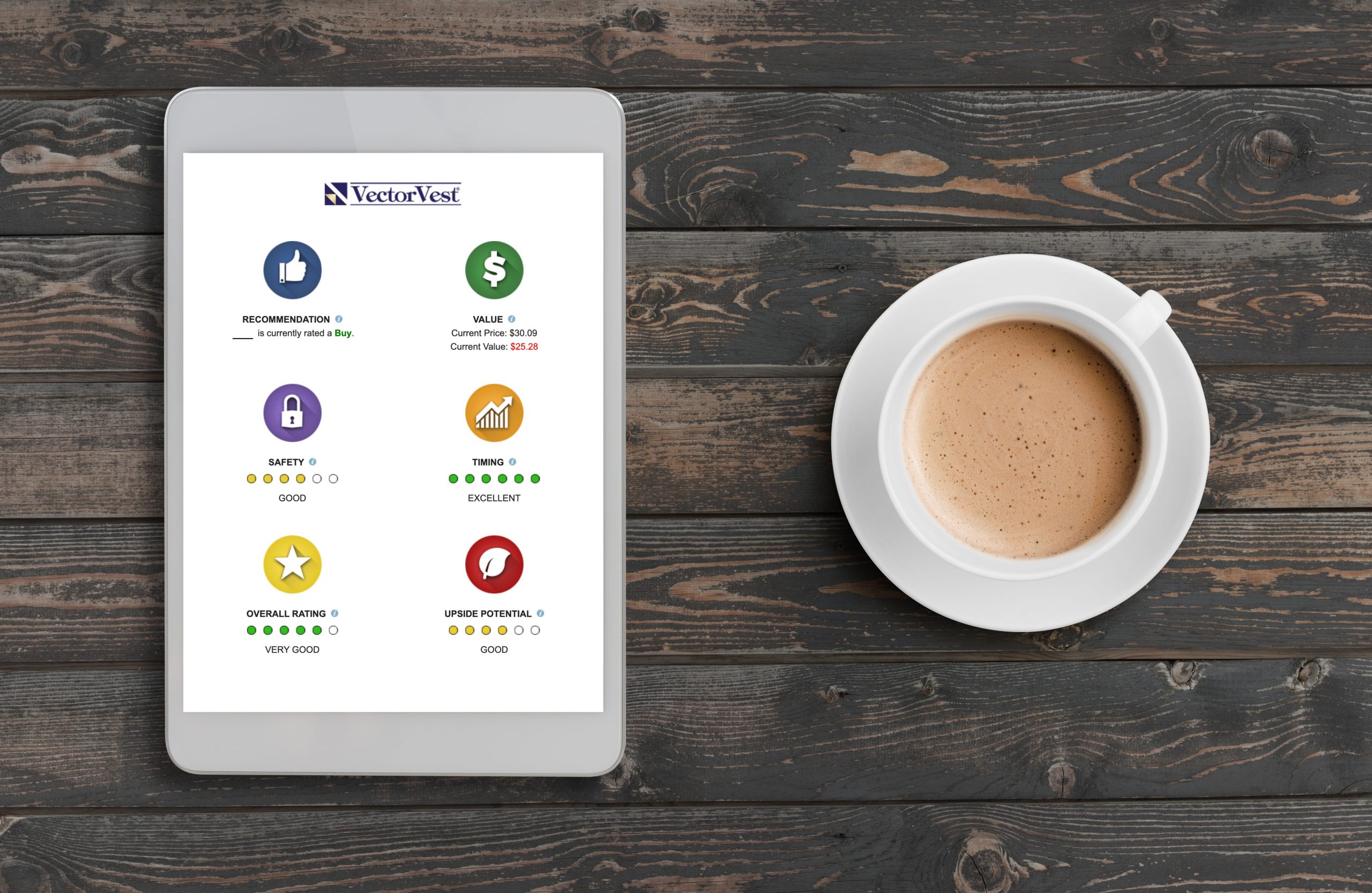The world of investing and trading can often seem like a labyrinth of data and jargon. However, one crucial piece of information that can significantly impact your investment decisions is the Personal Consumption Expenditures (PCE) data. With the upcoming PCE release this week, it’s essential to understand what this data is, how it differs from the Consumer Price Index (CPI), and why it matters to you as an investor. Let’s dive in and break it down to ensure you not only understand but can also take actionable insights from this crucial economic indicator.
What is PCE Data?
Personal Consumption Expenditures (PCE) data measures the changes in the price of goods and services consumed by households. It’s a comprehensive indicator that captures inflation from the consumer’s perspective. The PCE data is produced by the Bureau of Economic Analysis (BEA) and is a key measure used by the Federal Reserve to assess inflation trends.
Why should you care? Unlike other inflation measures, PCE includes a broader range of expenditures and adjusts for changes in consumer behavior. This means it provides a more accurate reflection of what households are actually spending, making it a critical tool for understanding economic health and predicting market movements.
CPI vs. PCE – What’s the Difference?
You’ve probably heard about the Consumer Price Index (CPI) as a common measure of inflation. While both CPI and PCE track inflation, there are significant differences between them:
Scope of Data: CPI measures out-of-pocket expenditures for urban consumers, while PCE covers all goods and services consumed, including those paid for on behalf of consumers, such as medical expenses covered by employer-provided insurance.
Weighting and Composition: CPI uses a fixed basket of goods and services, which can become outdated over time. PCE, on the other hand, uses a flexible basket that adjusts as consumer preferences change, providing a more accurate picture of spending.
Source of Data: CPI data is collected through household surveys, while PCE data is derived from business surveys and administrative data, offering a more comprehensive and reliable dataset.
Understanding these differences is crucial because they highlight why the Federal Reserve prefers PCE over CPI for its inflation targeting.
How Often is PCE Data Released?
PCE data is released monthly, with the report typically coming out at the end of each month. The release includes the PCE Price Index, which tracks inflation, and the core PCE Price Index, which excludes volatile food and energy prices to provide a clearer view of long-term inflation trends.
Mark your calendars! Knowing the release schedule allows you to anticipate potential market movements and adjust your investment strategies accordingly. For instance, if the PCE data indicates rising inflation, it might signal a tightening monetary policy, which can impact interest rates and, consequently, your stock and bond investments.
Why Should You Pay Attention As An Investor?
Understanding and tracking PCE data can give you a significant edge in the market. Here are some actionable insights on how you can use this information:
Predicting Federal Reserve Actions: The Federal Reserve closely monitors PCE data to set monetary policy. If the PCE indicates rising inflation, the Fed may increase interest rates to cool down the economy. In late 2023, the Fed raised interest rates multiple times as PCE data showed persistent inflationary pressures. Higher interest rates can lead to lower stock prices, particularly in interest-sensitive sectors like real estate and utilities. By anticipating these moves, you can adjust your portfolio to mitigate risks. For instance, during these rate hikes, many investors shifted their focus from growth stocks to more stable dividend-paying stocks to protect their portfolios.
Sector Rotation: Inflation data can signal shifts in consumer behavior. If PCE shows increased spending on essentials, you might consider investing in consumer staples or healthcare sectors, which tend to be more resilient during inflationary periods. In 2023, when inflation was high, companies like Procter & Gamble and Johnson & Johnson saw stable performance because their products remained in demand regardless of economic conditions. Investing in such companies can provide a buffer during times of high inflation.
Inflation Hedging: Rising inflation can erode the value of your cash holdings. To hedge against inflation, consider allocating a portion of your portfolio to assets that historically perform well in inflationary environments, such as commodities, or inflation-protected securities (TIPS). In the past year, many investors have turned to gold as a hedge against rising inflation. TIPS, which are government bonds indexed to inflation, also became a popular choice, providing a safeguard against the devaluation of currency.
Investment Timing: Use PCE data to time your investments. For instance, if the data suggests a cooling inflation trend, it might be a good time to invest in growth stocks that typically perform better in lower inflation environments. In early 2024, as PCE data indicated a slowdown in inflation, technology stocks such as those of Apple and Microsoft saw renewed investor interest, leading to significant price increases. Timing your investments based on such data can help you capitalize on market trends and maximize returns.
The upcoming PCE data release is more than just another economic report; it’s a powerful tool that can help you make informed investment decisions. By understanding what PCE data is, how it differs from CPI, and how often it’s released, you can anticipate market trends and adjust your portfolio to maximize returns and minimize risks.
Remember, being proactive and staying informed are key strategies for successful investing. So, keep an eye on the PCE data this week and use the insights to guide your trading and investment decisions. Happy investing!
Want These Types of Insights at Your Fingertips so You Can Win More Trades?
Use VectorVest to analyze any stock free. VectorVest is the only stock analysis tool and portfolio management system that analyzes, ranks and graphs over 18,000 stocks each day for value, safety, and timing and gives a clear buy, sell or hold rating on every stock, every day.
Before you invest, check VectorVest! Click here to ANALYZE ANY STOCK FREE and see our system in action!
What you should do next…
- Get our latest blogs delivered right to your inbox, subscribe to our newsletter.
- The market moves fast! Get our most current evaluation of this stock with our FREE stock analysis tool.
- Looking for stock picks? Not sure if now is the right time to buy/sell? For a limited time, enjoy the full benefits of a 30-day subscription to VectorVest for only $0.99 (usually up to $148/month) . Get access to our full list of screeners showcasing our top stock picks that tell you exactly what to buy, when to buy, and when to sell.











Leave A Comment